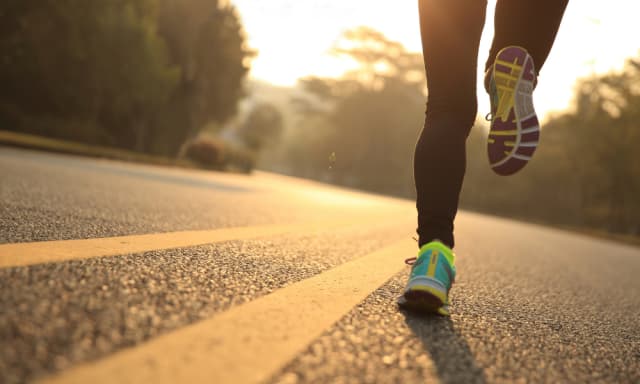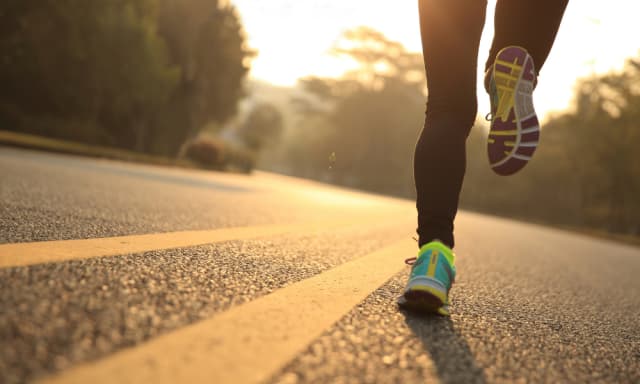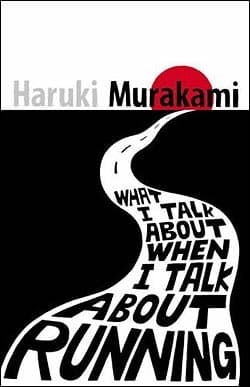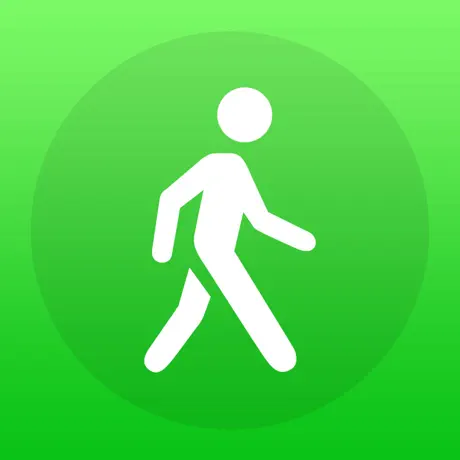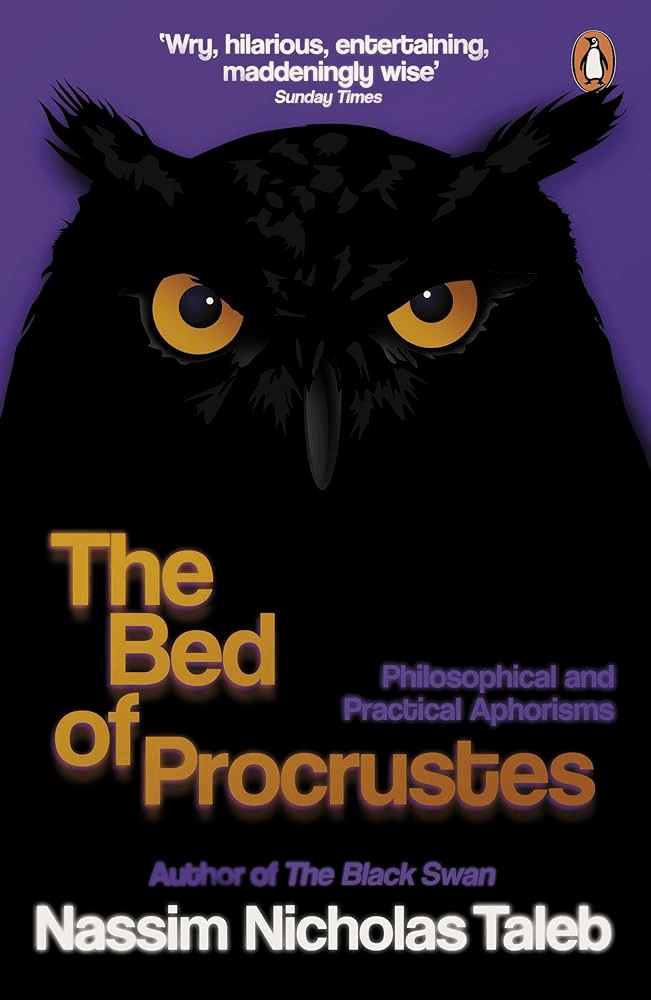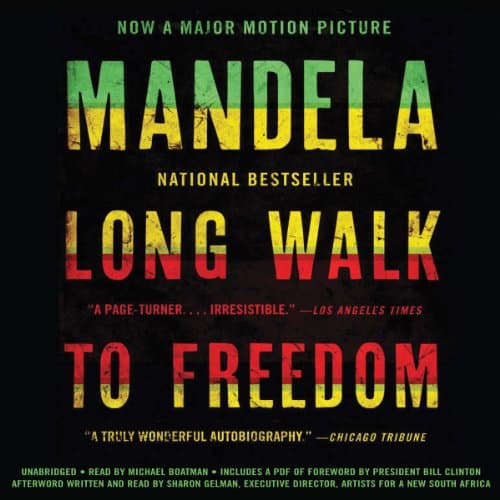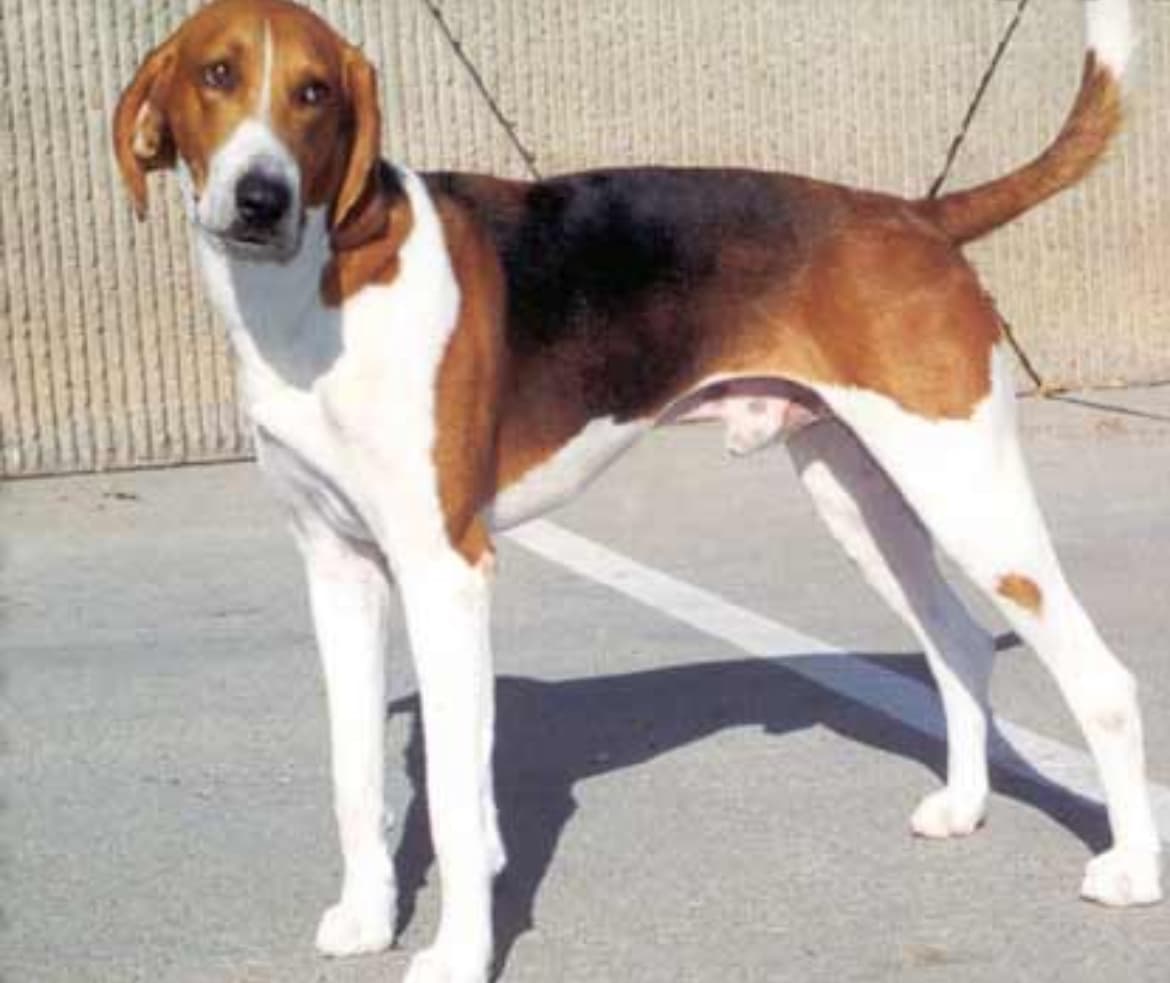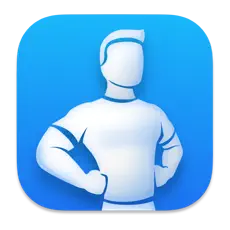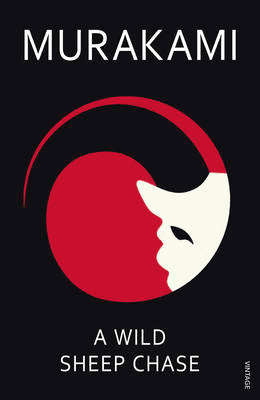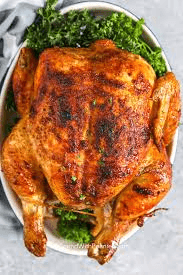The 5k vs. The Marathon
The 5k
Not too long. Not too short. Just right.
The Marathon
A bit too long and chaffy on the nippies
Reviews
Reviews
| Item | Votes | Upvote |
|---|---|---|
| No pros yet, would you like to add one? | ||
| Item | Votes | Upvote |
|---|---|---|
| No cons yet, would you like to add one? | ||
| Item | Votes | Upvote |
|---|---|---|
| No pros yet, would you like to add one? | ||
| Item | Votes | Upvote |
|---|---|---|
| No cons yet, would you like to add one? | ||
Frequently Asked Questions
Yes, The 5k is generally better for beginners. It is described as 'Not too long. Not too short. Just right.' making it a more approachable distance for those new to running. The Marathon, on the other hand, is significantly longer and may be challenging for beginners, especially with the potential for discomfort as noted in its description.
Based on the rankings, The 5k is more popular with a rank of 1 and a score of 2, while The Marathon ranks 3 with a score of 0. This indicates that more users prefer The 5k over The Marathon.
'The 5k' is a popular running event that covers a distance of 5 kilometers (3.1 miles). It is considered an ideal race for both beginners and experienced runners because it is not too long and not too short, making it a balanced challenge.
Running 'The 5k' offers several benefits, including improving cardiovascular health, increasing endurance, and providing a manageable goal for both new and seasoned runners. It also serves as a great way to participate in community events and can be a stepping stone to longer races.
While 'The 5k' is generally accessible and beneficial, it may not provide enough of a challenge for some experienced runners looking for longer distances. Additionally, those with certain health conditions or injuries should consult with a medical professional before participating.
Preparation for 'The 5k' includes regular running practice, a balanced diet, proper hydration, and adequate rest. Beginners may benefit from following a structured training plan, which gradually increases running distance and intensity over several weeks.
The pros of running a marathon include a sense of accomplishment, improved physical fitness, and the opportunity to participate in community events. On the downside, marathons can be physically grueling, leading to issues like chafing and long recovery times.
Before running your first marathon, it's important to train properly, stay hydrated, and plan your nutrition. Be prepared for a long and challenging experience, and be aware that chafing and other physical discomforts are common.
A marathon is 26.2 miles or approximately 42.195 kilometers long.
